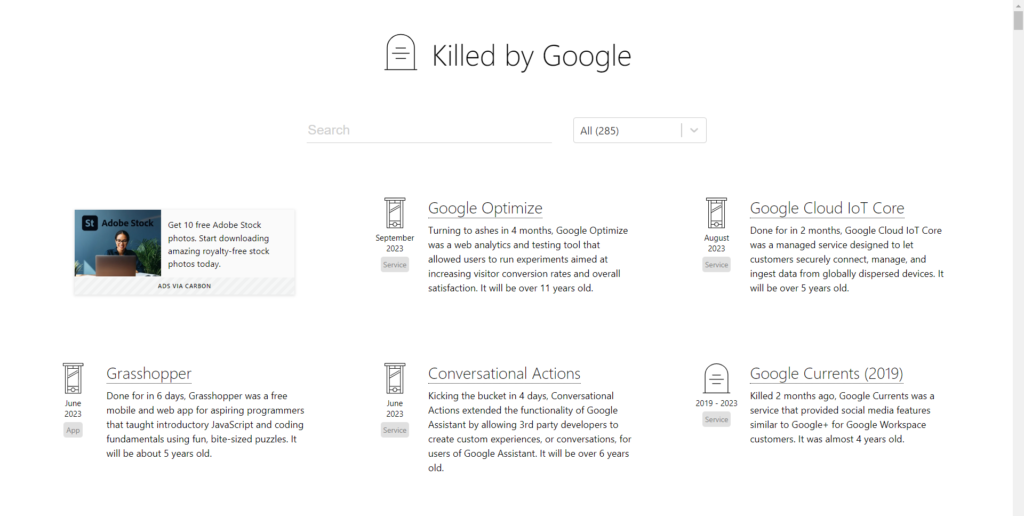As marketing evolves, the approaches to marketing – both digital and traditional – are constantly changing. These approaches are increasingly data-driven; marketers have realized the importance of numbers and analytics in crafting successful campaigns.
In this article, we will explore why businesses would do better to rely on data and how they should think about data and analytics innew, relevant keywords SEO.
Data as a basis for making decisions
At some point in its growth trajectory, every business faces a plateau. Suddenly, it becomes harder to develop or expand the company’s operations and make profits.
There are two ways to get out of this plateau or rut.
The first is the perception and attitude of top management as well as employees. If the staff strongly believes that they have the necessary expertise, resources, determination – whatever it takes – to get out of a crisis, then the crisis is as good as resolved. Where there is a will, there is a way.
The other approach is based more on hard facts. It is to simply follow what the numbers suggest – every time. All your decisions should be based on data and only on data, nothing else.

When you do this, your growth becomes predictable, consistent and permanent. Otherwise, you remain clueless as to what’s working and what’s not working for you.
Research firm BCG conducted a study for Google recently and based on the analysis of over 1,000 firms, they found that businesses that made data-driven marketing decisions grew 1.5x more than those that didn’t. Moreover, they cut their marketing spend by a third compared to when decisions weren’t based on data.
What this means is, companies not using data to make decisions are making less money and growing much slower than those that do.
If that is so obvious, then why isn’t every company taking a data-driven approach?
Because they’re not sure it always works (and it doesn’t).
When (and how) to take a data-driven approach
If you decide to adopt a data-driven decision making approach, you need to stick to two things:
- You need to exclude all other ways of decision making. What the data indicates would be final. You can’t give in to pressure from management or follow your intuition in some cases. No exceptions.
- All employees must use it too. They must truly understand and acknowledge the benefits of data-driven processes.
This is not easy to implement in an organizational setting because it shifts the authority from people or roles to data. When the marketing department makes a decision based on clear data, the supervisor can’t do anything but agree. They can’t add an “insight” based on their seniority, expertise or intuition. The numbers are there for all to see and the logical decision must be made on the basis of the data.

Are there any exceptions to this rule? Are there any areas where data-driven decision making fails or backfires?
Yes. Decisions based on data aren’t very effective for companies that are operating at their peak or are behemoths in their industry. When extremely large or successful companies make decisions based on data, the law of diminishing returns kicks in and the changes they make might not be efficient – they could even be detrimental to profits.
The reason for this is that when companies have grown to be extremely successful and scaled peaks that no one has before, there are no precedents – read, no data – on what factors would drive further growth. And without data, there is no data-driven decision making.
And that’s why you see that a lot of “innovations” made by large companies like Google and Amazon end up fizzling out in a few years. Google might be one of the biggest companies in tech, but there’s a whole “graveyard” of products that it launched with much fanfare but died silent deaths.

Getting started with data-driven marketing
Data-driven marketing is a very hands-on activity. You can start out by trying out various martech tools that help you analyze and navigate different digital channels. There are a ton of free and freemium tools out there for every imaginable platform related to marketing.
These tools have made it possible to track each and every lead that you get from every channel, to the extent that in some cases you have far more leads than you could possibly service or sell to. Of course, as your business grows, this ample number of leads becomes your new baseline.
Remember, this “problem of plenty” only occurs when your analytics is precise and relevant. If you’re sure of the accuracy of your data analytics processes, all you need to do to grow your operations is keep updating your tools or choose new ones at the right times. This is akin to a doctor sanitizing his surgical and other instruments from time to time.
Also, before implementing a full-fledged data-driven approach to digital marketing, you need to be sure your company has the resources you need to do this and that the resources will be available whenever needed. This is the basic requirement even before you begin work on your website.
A lot of companies are focused on cutting costs at the early stages of growth. This is understandable because resources and funds are limited when you’re a small business or a startup. However, the downside of a data-driven approach is that cost-cutting defeats its very purpose. If you don’t spend your budget according to the insights you get from your marketing model or algorithm, the results will be disproportionately sub-par.
The importance of data in SEO
All search engines, including Google, have some ranking factors or “signals” on the basis which they rank your site. See this video to know further:
You need strong knowledge of technical SEO to be able to analyze and work on these ranking factors for your website.
Further, you need to be a good marketer to create brand value, brand identity and brand voice. Your website should reflect and match your brand messaging to the hilt. Any disparity in this will eventually result in a loss of money, time and clients.
The most important factors that influence Google rankings have been revealed by Google itself. And that is EEAT – Experience, Expertise, Authoritativeness, Trustworthiness.
Out of those, Google has clarified that “trust” is the most important factor they look at. So, you need to ask yourself: How will you use data to demonstrate trust? How will you convert numbers into expertise and authority?
There are many ways you can do this, including:
- Create a trustworthy website, which shows the employees working for your company, testimonials of your customers, and other “human signals” that make people trust you as a business.
- Get on-page SEO right.
- Think about how to expand your semantic core and target new, relevant keywords.
- Analyze your competitors and try out strategies that are working for them.
- Chart out how your website will expand over time based on its current structure. What will be the optimal architecture and information flow going forward?
Ultimately, your website should be functionally perfect. Users should find it easy to navigate, register and make payments. Every step should be optimized to be as quick and seamless as possible, regardless of the browser, operating system or device that the visitor is using.
Make analytics part of your culture
In order to get data-driven marketing right, you need to constantly level up your expertise in analytics. For this, you need to get the people, processes and technology right.
As we said earlier, keep trying out new tools and software. A lot of tools work best only in a very specific niche. Eventually, new tools with a better approach will replace the old ones.
You can also seek the advice of specialists in analytics and data science. Try to understand how their methods apply to your processes and strategies. They might not tell you everything but they will definitely share something worthwhile. The more specific questions you ask, the more likely you are to get useful answers.
Also, it is very important that all the departments in your organization are synchronized and working towards the same goals. Different teams can’t be shooting at different targets. Sales-marketing alignment is of prime importance.

Finally, plan everything ahead of time. It’s best to have a raw or untested strategy than to have no strategy. Form hypotheses and test them out as quickly as you can. “Fail fast” is a proven path to more effective digital marketing and SEO.









